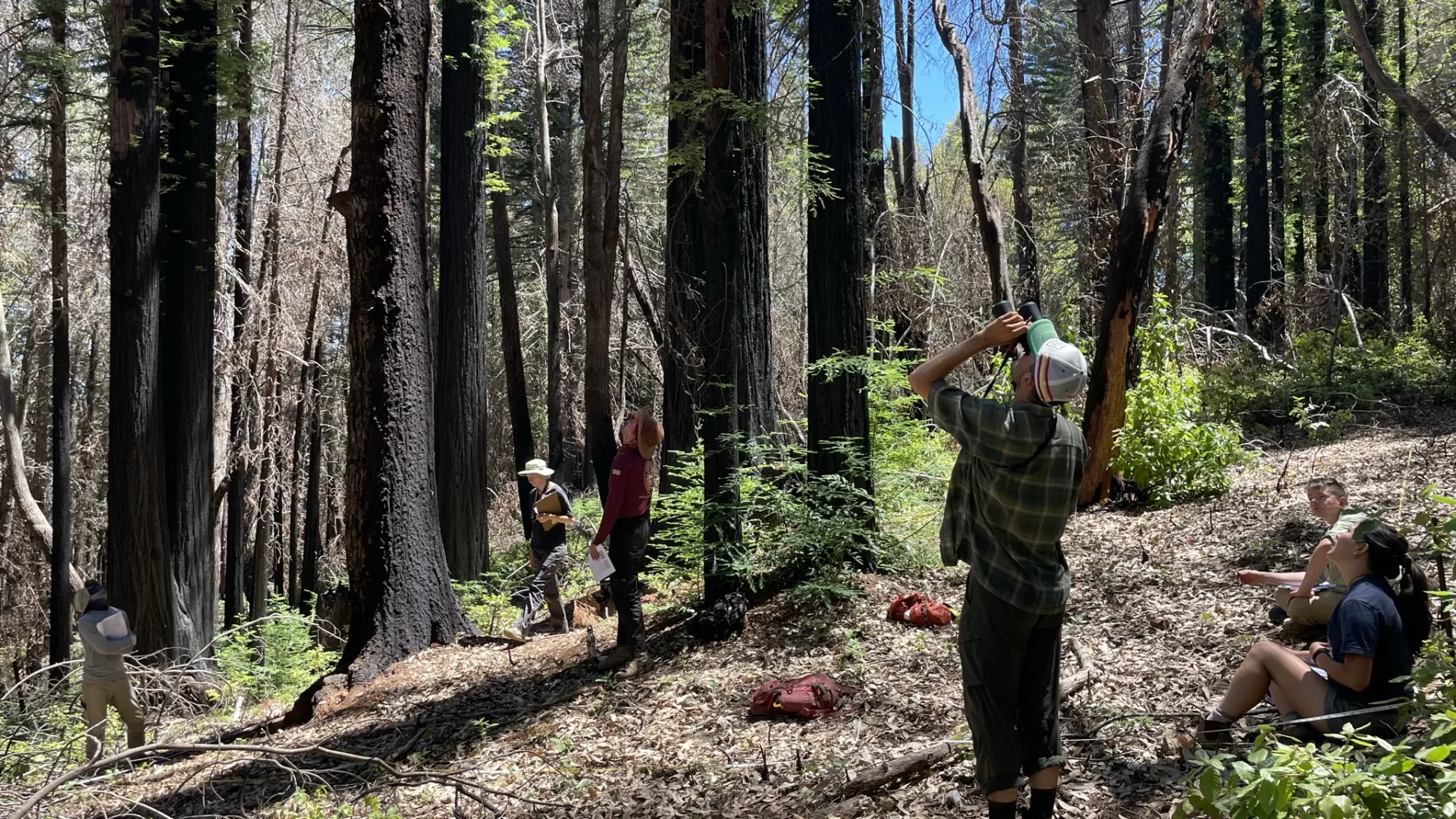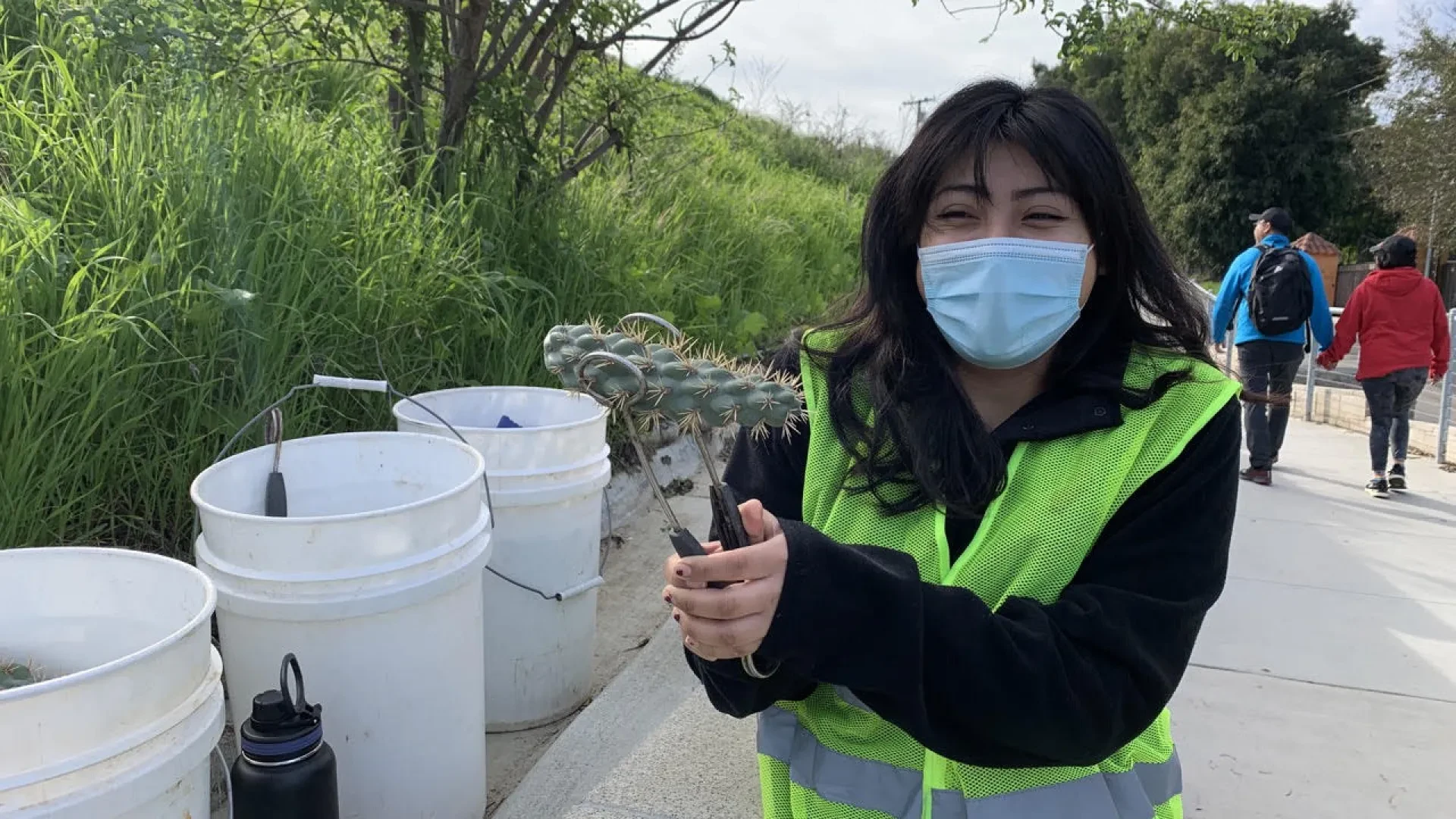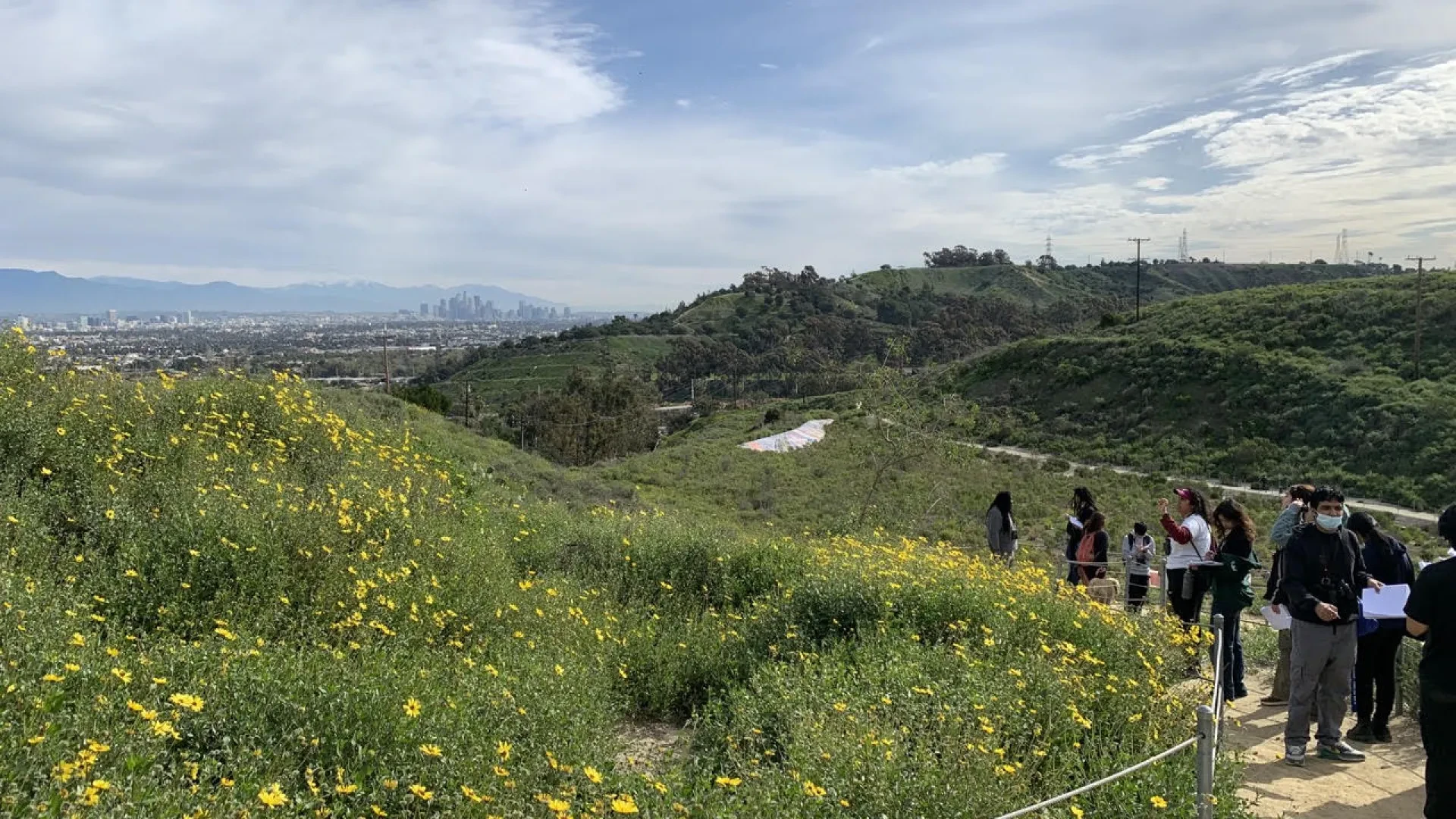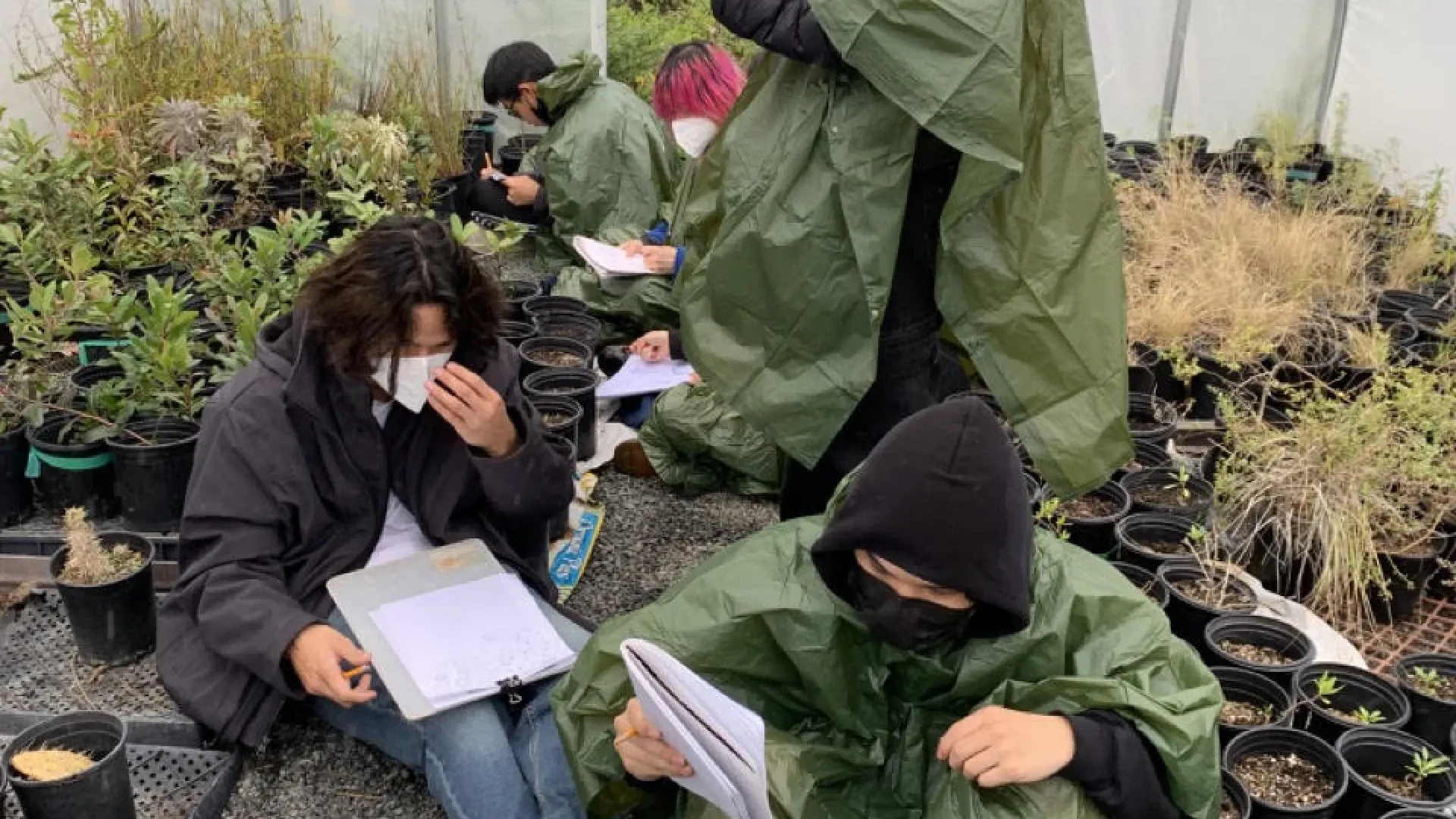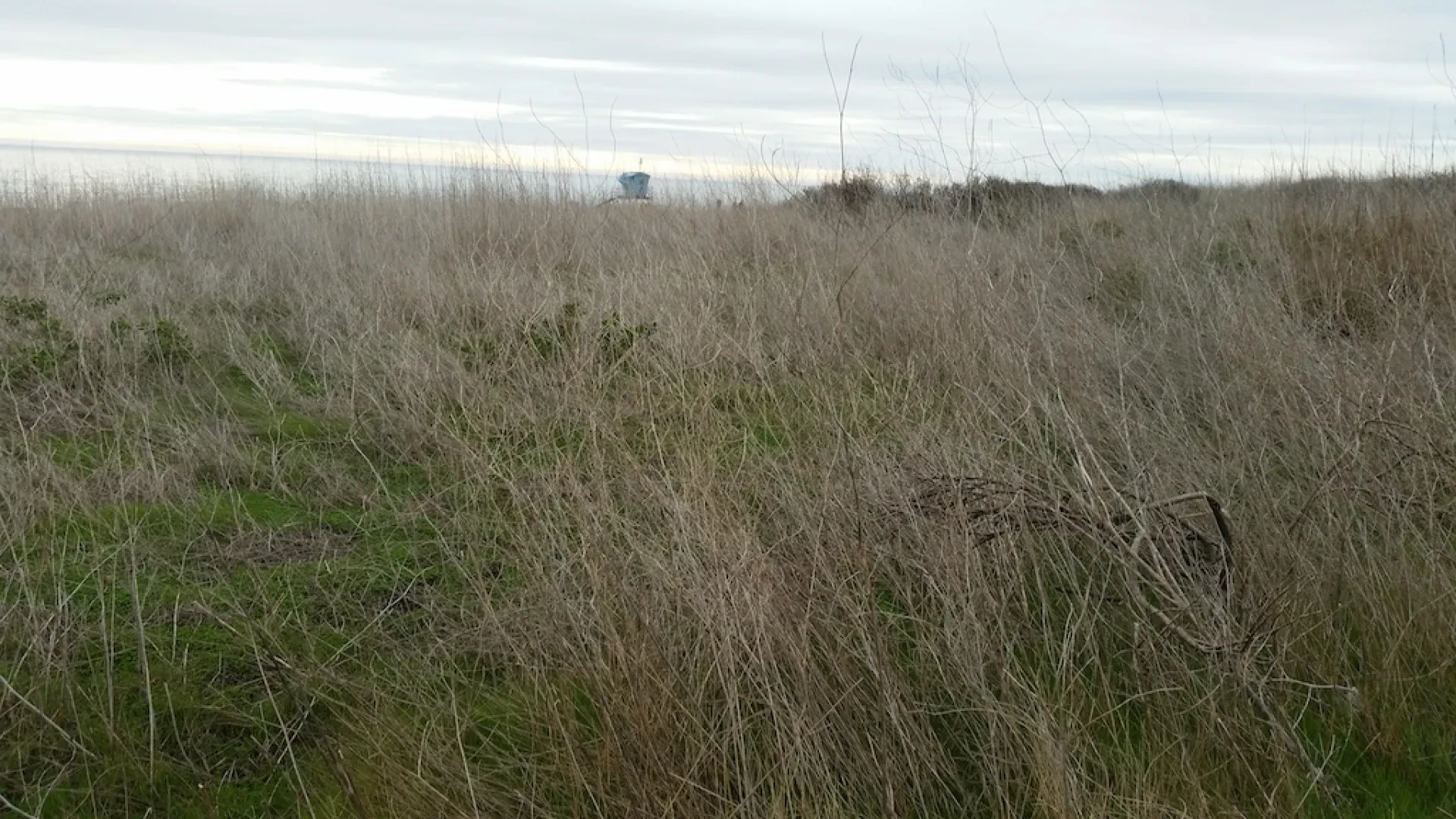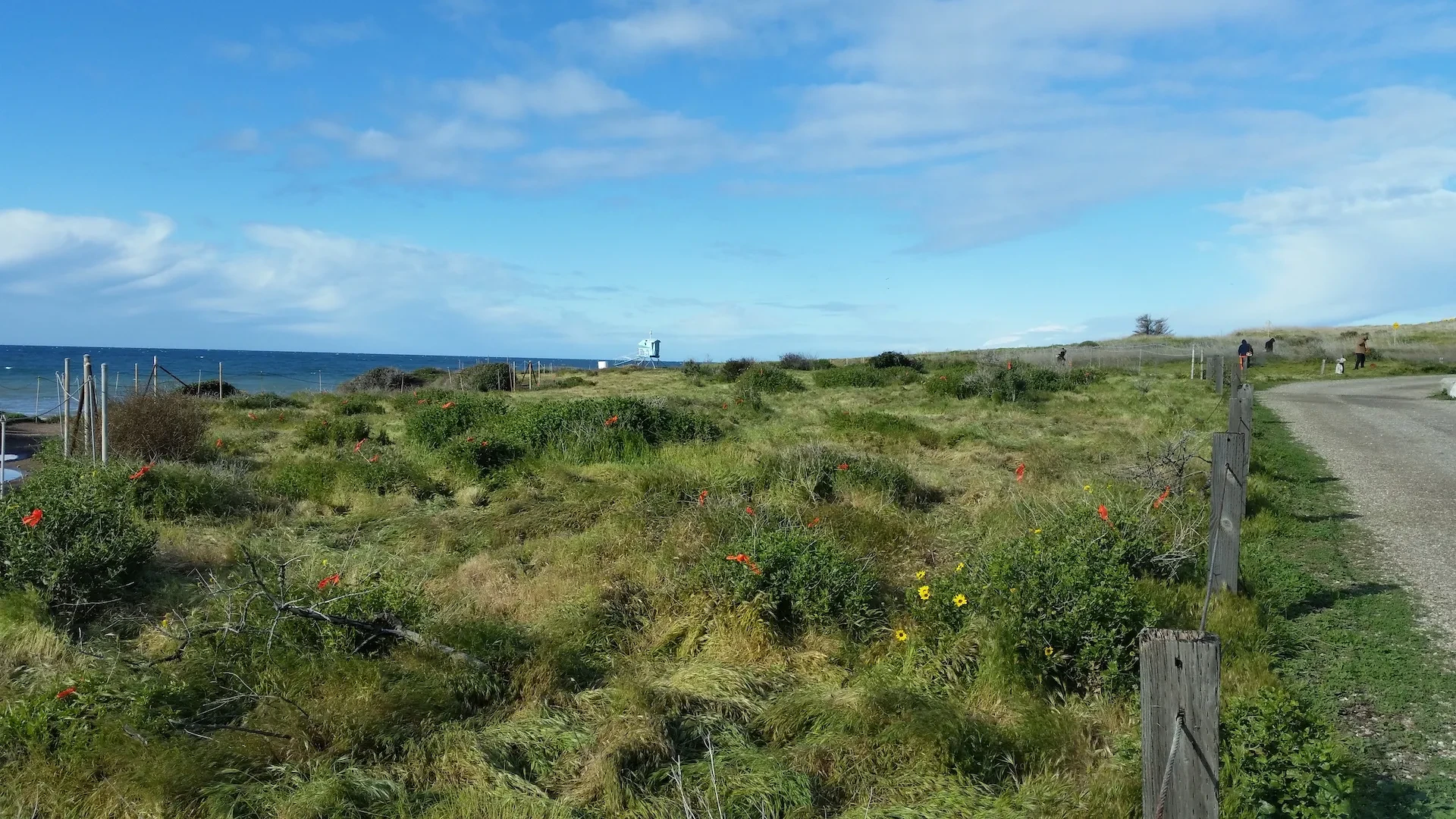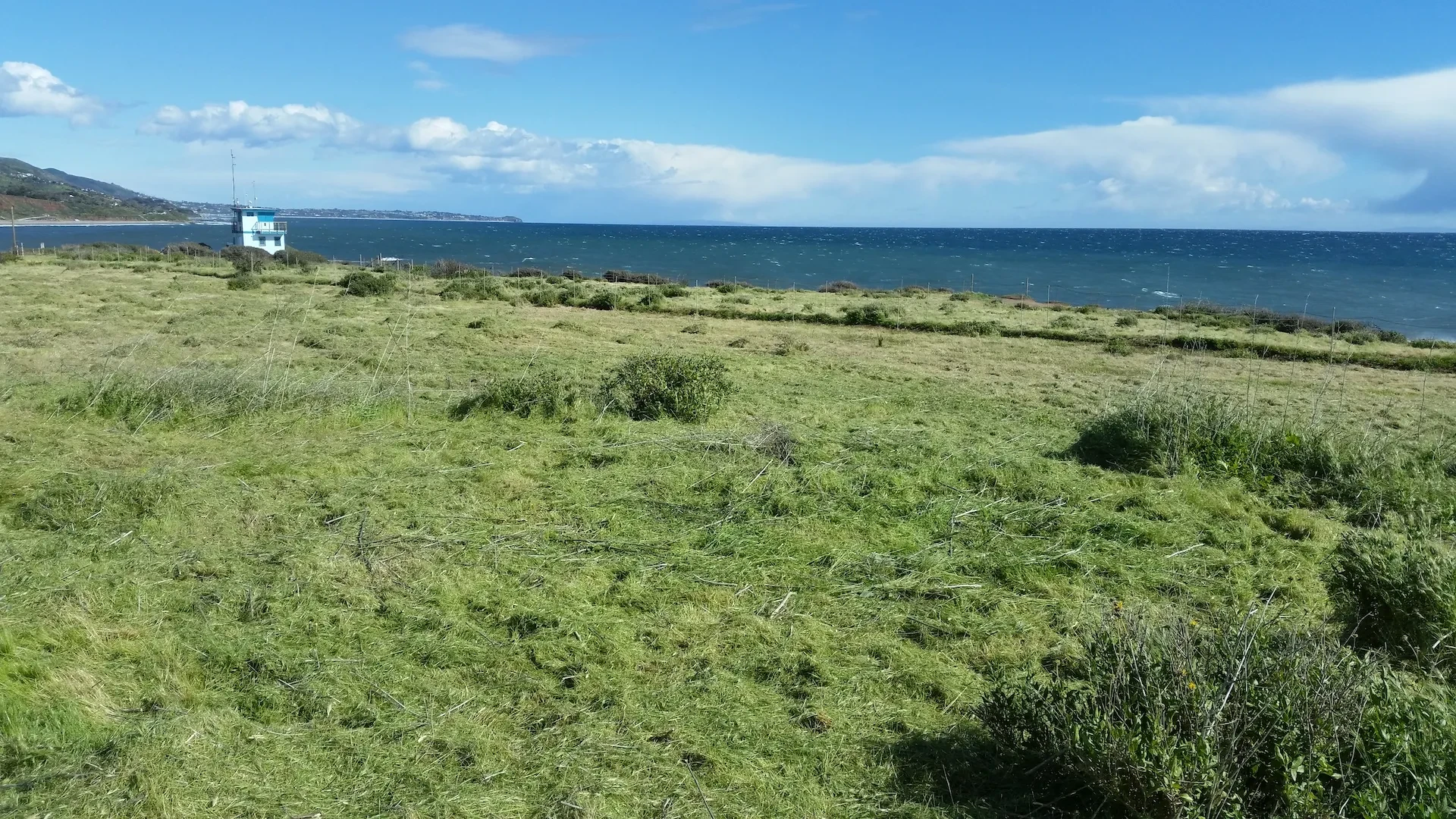Climate Change and Climate Resilience Education
Nature Nexus Institute | $10,000.00
Nature Nexus Institute continued to engage young people in the climate fight through their Climate Action Youth Network. Funding this program gave local students the chance to learn about the impacts of climate change and how they can help make state parks more climate resilient. Over 60 high school students went to weekly workshops and spent time outdoors restoring habitat in Baldwin Hills Scenic Overview State Park and Kenneth Hahn State Recreation Area. Students learned about native plants and wildlife, the importance of biodiversity, and other environmental and climate issues. They also grew and planted hundreds of native plants to support a healthy native ecosystem that is more resilient to climate change.
College students who had already completed the program led many of these events. Most students in the program were from marginalized neighborhoods near the parks, which are disproportionately affected by climate change. These communities have less resources and support to adapt to climate change due to discriminatory policies and economic and social inequalities. The California Action Youth Network educates students so they know that they also have a say and can make a difference in the climate fight. Because of this work, some students in the program are now considering jobs working with nature and the environment. With the support of California State Parks Foundation, Nature Nexus Institute has inspired a new group of young partners to help create climate resilient state parks.

